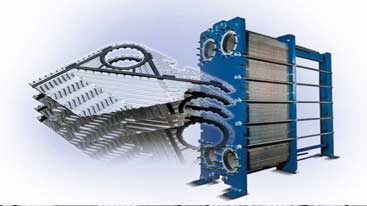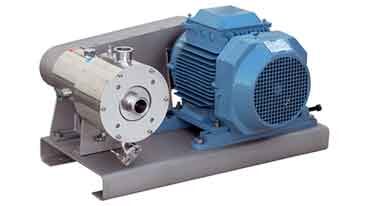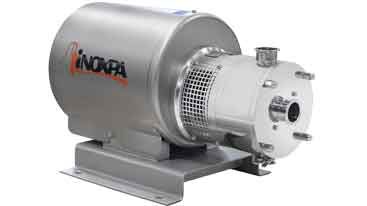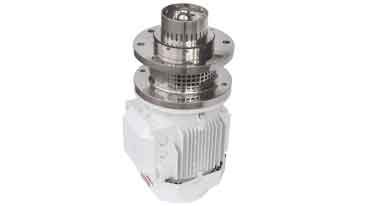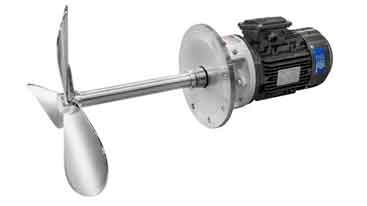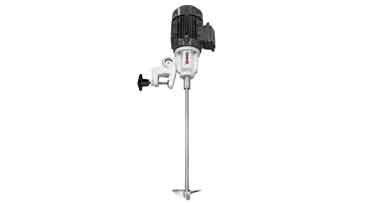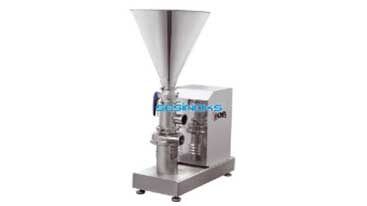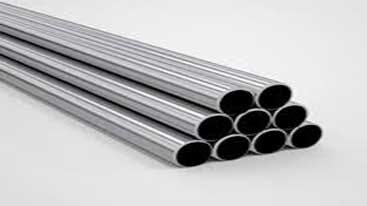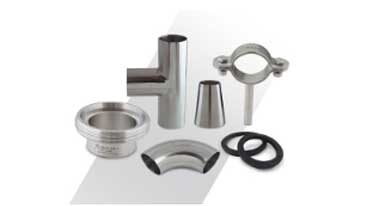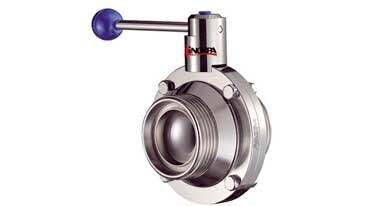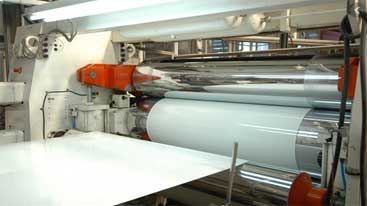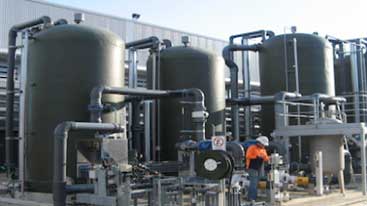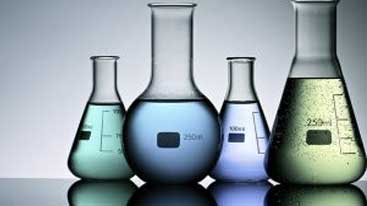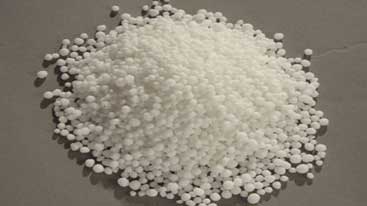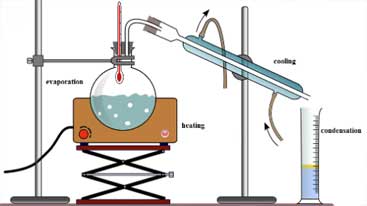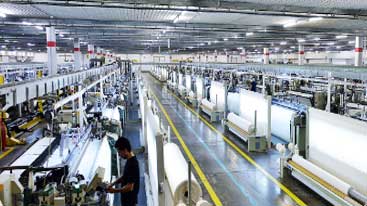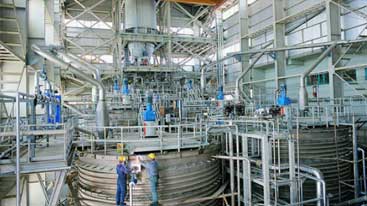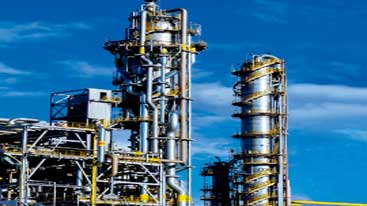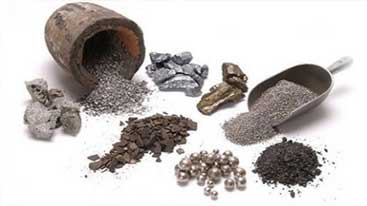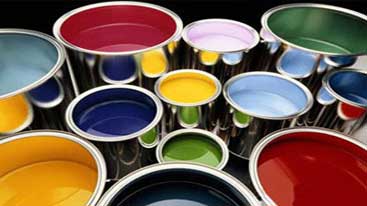Acid Cooling
Acid Cooling Processes; Acids have corrosive and penetrating properties. Our plate heat exchangers used in the chemical industry provide you with longer lasting and higher quality services with the plate and gasket selections made considering these harmful effects of acids on the material.
Cooling Heat Exchanger
Other Equipment That Can Be Used In The Process
Mixers
Agitators
Stainless Steel Connection Equipment
Heat exchangers used in acid cooling process:
The properties of the heat exchangers used in the acid cooling process may vary depending on the process conditions and the properties of the acid used. But in general, exchangers used for cooling acids can have the following features:
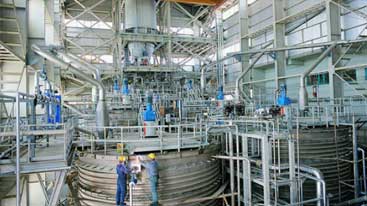 Acid cooling exchangers:
Acid cooling exchangers:
- Korozif Direnç: Asitler genellikle metal yüzeylerle etkileşime girerek korozyona neden olabilir. Bu nedenle, asit soğutma işlemlerinde kullanılan eşanjörler genellikle paslanmaz çelik gibi korozyona dayanıklı malzemelerden imal edilir.
- Corrosive Resistance: Acids can often interact with metal surfaces, causing corrosion. For this reason, heat exchangers used in acid cooling processes are generally made of corrosion-resistant materials such as stainless steel.
Durability: Acids are often aggressive chemicals and exchangers must be resistant to these chemicals. For this reason, heat exchangers are generally made of high-strength materials. - Sealing: Leaks in acid cooling processes can cause serious hazards. Therefore, the sealing properties of heat exchangers are important. Methods such as rubber gaskets, special gasket materials or welded joints can be used to ensure tightness.
- Heat Transfer Efficiency: Exchangers must be designed to provide efficient cooling of the acid. This can be achieved by carefully calculating the surface area of the exchanger, the fluid velocity and the temperature difference of the fluid.
- Cleanability: Acids can sometimes cause precipitates or scales. Therefore, it is important that exchangers are easily accessible and cleanable. Cleanability should be considered in the design of the heat exchanger.
- Modular Design: Acid cooling operations in large facilities often handle large amounts of acid. Therefore, heat exchangers often have a modular design, allowing easy addition or removal of heat exchangers to increase or decrease the cooling capacity needed.
- Safety Features: Handling acids can be potentially hazardous. Therefore, it is important that acid cooling exchangers are equipped with safety features. These features may include pressure and temperature monitoring devices, leak detectors, and emergency shutdown systems.
The properties of exchangers used in acid cooling processes may vary depending on operating requirements, properties of the acid and environmental factors. Therefore, specially designed heat exchangers can be preferred for each application.
